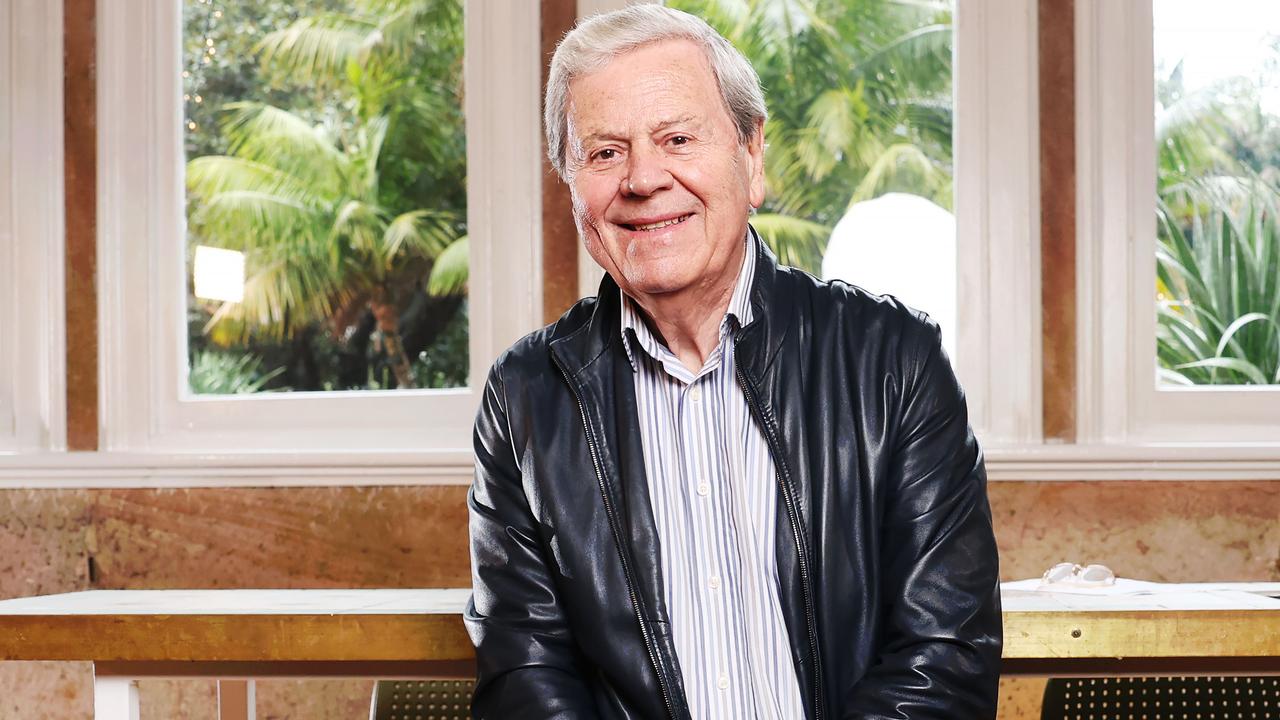A Sydney GP’s advice for smokers has the medical establishment all steamed up
Could vaping be the key to giving up smoking for good? A Sydney GP thinks so and he wants to tell you why.
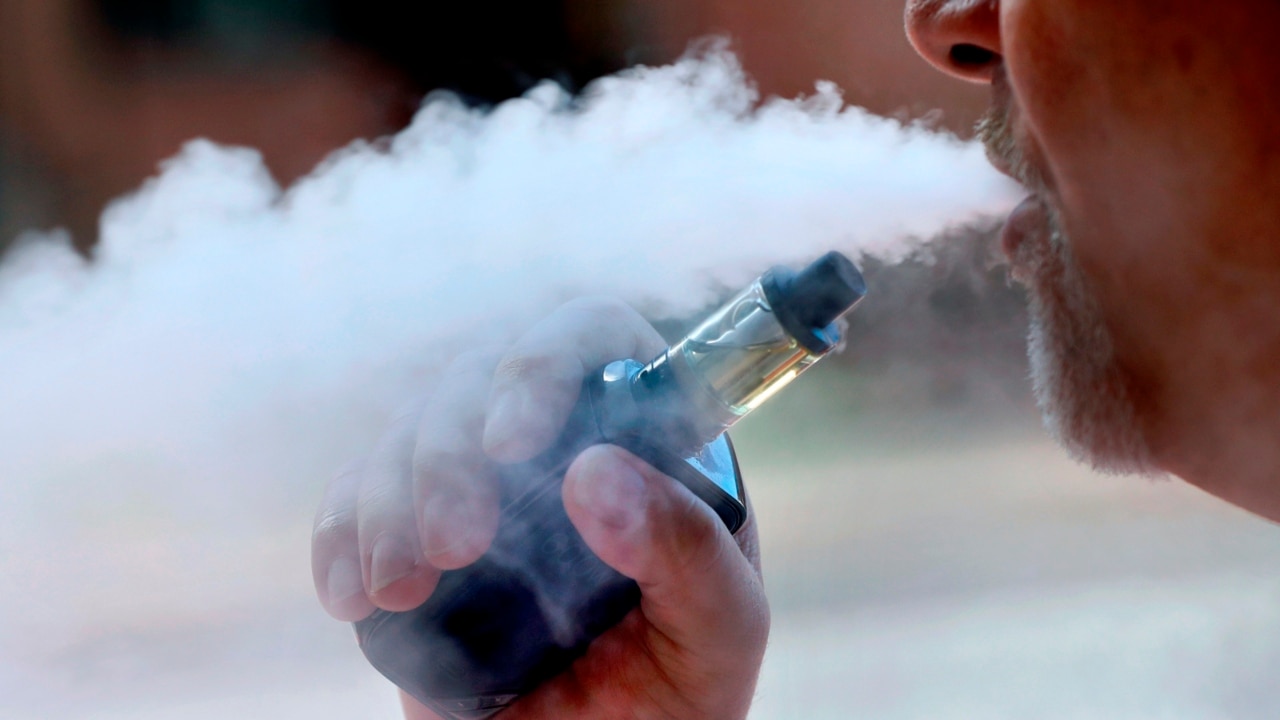
Mosman
Don't miss out on the headlines from Mosman. Followed categories will be added to My News.
Respected Double Bay GP Dr Colin Mendelsohn is taking on the medical establishment, arguing that vaping is the most effective way to give up smoking. So committed to his argument is he that he’s written a book on the subject Stop Smoking Start Vaping: The Healthy Truth About Vaping.
In fact, he’s taking on Australian cancer councils over the issue.
“In its 2021 report, the UK Royal College of Physicians concluded ‘e-cigarettes are an effective treatment for tobacco dependency and their use should be included and encouraged in all treatment pathways’. And this is something all Australian cancer councils should consider,” Dr Mendelsohn says.
“Vaping is available at a time when, worldwide, there have been 100 million smoking-related deaths over the last 15 years.
“Switching from smoking to vaping dramatically reduces your risk of cancer. The cancer risk from vaping nicotine has been estimated to be more than 200 times less than the cancer risk from smoking.”
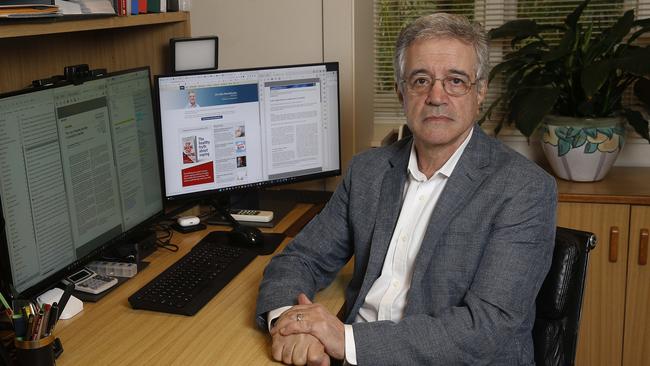
Alecia Brooks, of Cancer Council NSW, says the council does not recommend the use of e-cigarettes as a smoking cessation method because the evidence is inconclusive.
“But this is incorrect,” argues Dr Mendelsohn.
“There’s growing evidence that vaping helps many smokers to quit. A Cochrane review, recognised internationally as the highest standard in evidence-based studies in health care, was published in September 2021, showing vaping is 53 per cent more powerful as a smoking cessation therapy than nicotine replacement therapy,” Dr Mendelsohn says.
“And the network analysis by the UK National Institute for Health Research, also in 2021, found it was the most effective single smoking cessation agent. These findings are supported by real-world studies: population studies and observational studies. More research is needed, but it is clear that vaping works for many people.
“So I believe it’s time for the Australian cancer councils to reassess their thinking, the same way that the UK’s Cancer Research and New Zealand’s Cancer Society have.”
A major concern of Cancer Council NSW is that people will take up vaping who would never have considered smoking regularly. Like 28-year-old vaper Jemima Withinshaw.
“All my friends smoked when we were at university and I’d have the occasional cigarette with them. Over the last three years they’ve all switched from smoking to vaping. While they can choose to vape without nicotine, most are vaping with nicotine,” Withinshaw says.
“There are a mix of reasons for the switch from cigarettes. Because it tastes sweet, because it’s a new trend but also definitely as a way of giving up smoking.
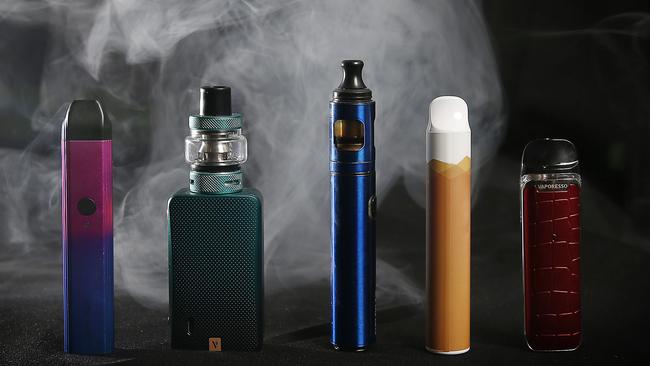
“And then I started – at the age of 24. It’s honestly like a lollipop – I vape a strawberry watermelon flavour and it doesn’t have the same feeling as smoking, which is quite harsh, even though you are taking in nicotine. You don’t have to go outside to vape, and that’s a reason why a lot of people do it, so they don’t have to leave the room to smoke.”
Withinshaw will give up. Definitely. When the novelty wears off.
Her housemate is giving up vaping next week as part of a carefully planned cessation strategy: “She’s hoping to get the nicotine from gum and since that’s not enjoyable, she’ll now get the nicotine kick without the need to vape.”
Dr Mendelsohn sees this stepped approach all the time. He says the difficulty switching from smoking to other cessation methods shouldn’t be underestimated.
But Brooks says: “For those who wish to access additional help, there are safe, effective and TGA (Therapeutic Goods Administration)-approved quit support options available. These include stop smoking medications and services like the NSW Quitline (13 78 48).”
Dr Mendelsohn says these alternatives have a low take-up.
“TGA-approved treatments have very modest long-term success rates, only ranging from 6 to 15 per cent. So vaping has a legitimate role when these treatments fail – which is most of the time.
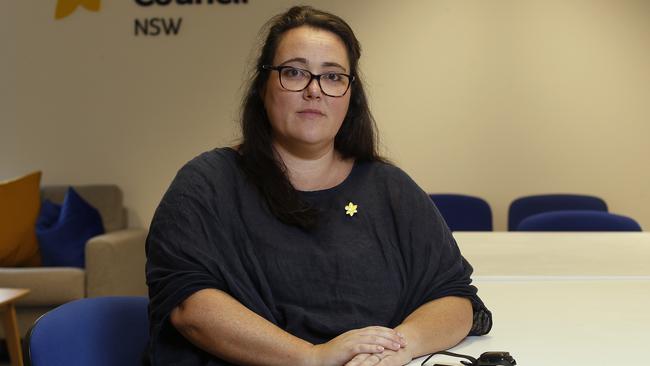
“And vaping is more likely to be used. A National Drug Strategy Household Survey in 2019 showed only 1.8 per cent of smokers called the Quitline, whereas 22 per cent used an e-cigarette to quit or cut down smoking.
“Vaping works because it provides nicotine smokers with something that replicates the hand and mouth movements of smoking – the sensation of smoking – habitual unconscious rituals that people depend on in social situations, a factor often underestimated.
“So there’s less for the patient to give up in the first instance.”
Other methods have side effects Dr Mendelsohn says patients struggle with. These include sleeplessness, bad dreams and nausea.
“The Australian medical establishment’s objection to vaping for smoking cessation is ideological. They work on the premise that abstinence is the only approach, that smokers should just simply say ‘no’. But that approach doesn’t work for a lot of people.”
Dr Mendelsohn’s argument comes at a difficult time, with the recent release of the autopsy of Queenslander Peter Hansen, who died, aged 71, in October last year. Intensive care specialist Dr Sean McManus, who treated him, warned that Hansen’s death was the result of 10 years of vaping – and that deaths like his will become more common as vaping becomes more popular.
But Dr Mendelsohn has also accessed Hansen’s autopsy report and challenges Dr McManus’s interpretation.
“Peter Hansen’s MRI lung scan showed typical signs of emphysema caused by smoking, including multiple cysts and scarring of lung tissue. The deterioration in his lungs was not caused by 10 years of vaping, but by heavy smoking for 40 years before he started vaping.”

The term EVALI has been used in relation to this death. EVALI means “e-cigarette or vaping product use-associated lung injury” and it’s been identified as the cause of a number of deaths in the US. But Dr Mendelsohn says it should not be linked to Hansen’s death.
“EVALI deaths are caused when cannabis oil, not nicotine oil, is used, when cannabis is bulked up with vitamin E acetate (VEA), sold that way on the black market.
“While vitamin E is not harmful when it is ingested as a vitamin supplement or rubbed on the skin, when it’s inhaled it damages the lungs.
“There was an EVALI outbreak in the US from mid-2019 to early 2020, mostly in young people, which disappeared when VEA was removed from the illicit supply chain.”
Withinshaw has teenage cousins who have started vaping.
The Cancer Council NSW is very concerned about this scenario.
“The first thing to know about vaping and quitting smoking is that e-cigarettes have been shown in multiple studies to cause a threefold increase in the risk of smoking uptake in people who otherwise may never have smoked. That includes a major government-funded study by Australian National University,” Brooks says.
But Dr Mendelsohn says this is “absolutely incorrect”.
“The Cancer Council is deliberately confusing ‘association’ with ‘causation’. Numerous studies have found that vaping is ‘associated’ with an increased risk of smoking later. But none have shown ‘causation’, including the review performed by the ANU,” he says.
“Just because vaping precedes smoking for these teens doesn’t mean that vaping caused the subsequent smoking. The most likely explanation for the association between vaping and smoking is that young people who experiment with vaping are more prone to taking risks generally.
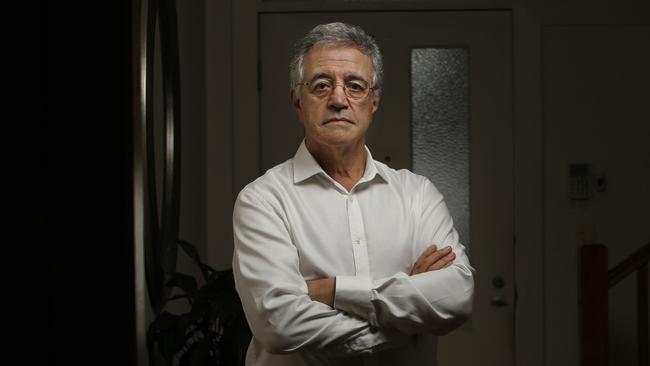
“Vaping is recommended in the Royal Australian College of General Practitioners’ smoking cessation guidelines 2021 as a second-line treatment in Australia for smokers who have failed to quit and would otherwise be continuing to smoke. To deny them an alternative which is 95 per cent less harmful is unscientific and unethical.”
The Therapeutic Goods Administration has not approved any e-cigarette product as a cessation aid to help with quitting smoking, argues the Cancer Council.
“But this is because no product has been submitted to the TGA for assessment, not because they have not passed. No e-cigarette has been submitted for approval to a national regulator in any country in the world. E-cigarettes are consumer products,” says Dr Mendelsohn.
Brooks says: “Smokers who think e-cigarettes might help them to quit should talk to their doctor.”
“But Australian doctors have had no training and know very little about vaping,” says Dr Mendelsohn.
There is one point Dr Mendelsohn completely agrees with the Cancer Council on: “Government authorities should do more to stop young people obtaining e-cigarettes without medical authority.”


